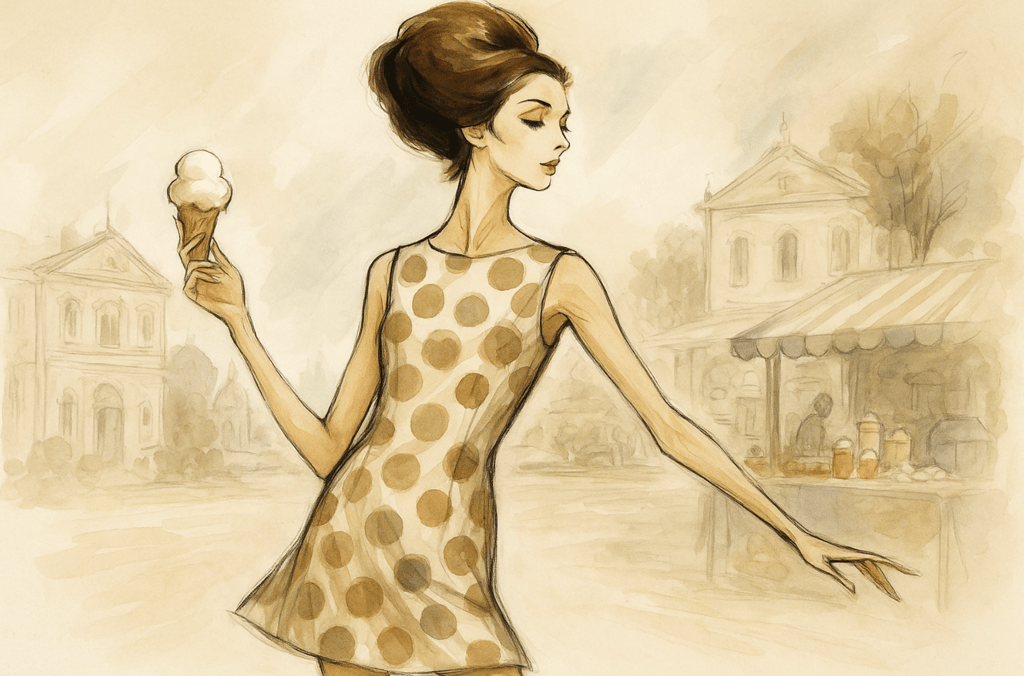Who Really Invented Ice Cream? A 2,000-Year Journey from Snow to Scoops
Who invented ice cream? Explore its 2,000-year journey, from iced milk in ancient China to Persian sorbets and the churned treats of Renaissance Europe.
FOOD HISTORY & TRADITIONS


When most of us think about ice cream’s history, we picture quaint gelato shops in Italy, soda fountains in 19th-century America, or the first soft-serve machines of the 20th century. But ice cream’s story stretches far deeper and wider than that—back over two thousand years, to ancient China, Persia, and the Mediterranean, where early versions of frozen desserts were crafted long before the first churn was invented.
So, who really invented ice cream? The answer is complicated. It wasn’t one culture, or even one invention, but a centuries-long evolution of techniques, ingredients, and ideas, slowly shaping the frozen treat we now know.
China, 200 BCE: Snow, Milk, and Rice
The earliest known ancestor of ice cream comes from ancient China, around 200 BCE. Elite households enjoyed a delicacy made by combining milk, rice, and sometimes spices, then chilling the mixture with natural ice or snow. The result was a frozen, pudding-like dessert—not creamy, not churned, but refreshingly cold and luxurious in a world where refrigeration didn’t exist.
Ice itself was a rare and valuable resource. Winter ice was stored in underground pits or harvested from frozen lakes and rivers, then carefully rationed through the warmer months. These iced treats were a privilege of the wealthy and powerful, and early Chinese recipes describe bowls of snowy milk mixtures flavoured with hints of ginger, fruit, or aromatic spices.
While it wasn’t ice cream as we recognise it, it marked the first step: dairy, flavourings, and a process to freeze and enjoy it as something more than just chilled milk.
Persia’s Rosewater Sorbets and Arab Sweet Creams
At roughly the same time, Persians were developing their own frozen desserts. One of the oldest, faloodeh, combined thin, starchy noodles with rosewater, sugar, and lime, chilled with snow to create a fragrant, refreshing confection. This was closer to a sorbet than to modern ice cream, but it introduced the key idea of combining sweet flavours with ice or snow to create a dessert, not just a drink.
Centuries later, Arab cultures carried the tradition forward, introducing sugar and milk to frozen treats, creating more complex confections that brought the dessert even closer to what we’d eventually call ice cream. Their knowledge of sugar refining and syrups allowed them to produce smooth, sweet mixtures that could be frozen with natural ice, laying the groundwork for the dessert’s future transformation in Europe.
Europe’s Frozen Obsession: Renaissance to Enlightenment
It wasn’t until the Renaissance that frozen desserts made their leap into the kitchens of Europe. Italian and French chefs, inspired by Arab and Asian innovations, began experimenting with freezing sweetened cream and custards. They discovered that mixing salt with ice lowered the freezing temperature, allowing them to solidify liquids more effectively.
These experiments birthed the first recognisable forms of ice cream in the 16th and 17th centuries—dense, rich, and often flavoured with spices, fruits, or liqueurs. Served at royal courts and aristocratic banquets, these early ice creams were luxuries, reserved for those who could afford the labour and resources to keep ice cellars stocked year-round.
The invention of the hand-cranked churn in the 18th century changed everything. By agitating the mixture while it froze, the churn introduced air and broke up ice crystals, giving ice cream the light, smooth texture we expect today. From this point forward, ice cream became not just a luxury but a treat that could, slowly, spread beyond palaces and elite dining rooms.
